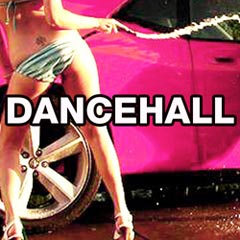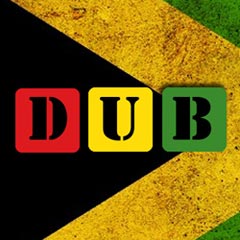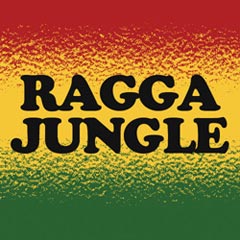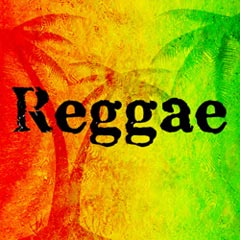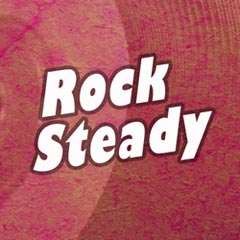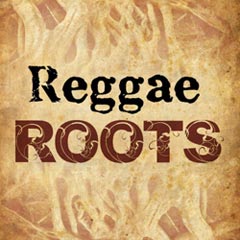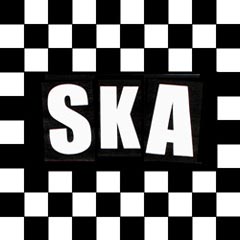Dub
ON AIR - PROGRAMMING
Dub has a curious origin, from the practice of dubbing reggae on the B-sides of vinyl to get the crowd singing in the Jamaican dance halls. The DJ then put on reverb and echoes to replace the vocals, which would later be used by different genres from house to drum and bass. Are you prepared to explore the musical realm of Dub? This genre is filled with iconic basslines, vocoded chanting, and traditional instruments routed through space age effects. It combines the sonic capabilities of modern technology and the sophistication of audio engineering to birth something exciting and forward thinking. Align your frequency with this revolutionary genre and take a journey beyond. Listen to Dub and let its vibrations shape the way you perceive sound. Dub is a music genre developed in the 1960s from reggae music. It is the instrumental remix of existing songs, with drum and bass parts, or treating the songs with riddim and other effects.
Exploring the Fascinating Origin and Evolution of Dub Music
Dub music, with its unique origin and evolution, is an exciting and forward-thinking genre that has captured the hearts of music lovers worldwide. Its roots can be traced back to the 1960s, where it evolved from reggae music by remixing existing songs, adding drum and bass parts, and treating them with riddim and other effects. In this blog post, we will explore the fascinating journey and evolution of Dub music from its humble beginnings to its present-day popularity.
1. The Roots of Dub Music
Dub music is intimately linked with Jamaican sound systems, where it all started, and the practice of 'dubbing.' Dubs were created by remixing the instrumental B-sides of reggae singles to build tracks that emphasized the drum and bass. The DJ would then add reverb, echo, and other effects, replacing vocals with chant overlays to create an entirely new musical experience. Dubbing was a way of creating an entirely new identity for an existing track, and it gave rise to a unique and exciting genre.
2. The Evolution of Dub Music
The 1980s witnessed Dub music's spread to Europe and beyond, where it played an essential role in the development of electronic dance music (EDM) genres like House and Techno. Jamaican Dub pioneers, like Lee Scratch Perry and King Tubby, became international icons, and their sounds influenced contemporary artists such as The Clash, Massive Attack, and The Orb. Dub's unique style, with its intense bass lines, chant overlays, and space-age effects, is a living legacy of its originators.
3. Dub Music's Relevance Today
Dub music has enjoyed a renewed interest in recent years, gaining recognition as an essential genre within the EDM community. Dance and electronic music producers increasingly use Dub techniques and sounds to create new and experimental tracks. With the advent of digital technology and the Internet, Dub music has continued to evolve, resulting in the emergence of new sub-genres such as Dubstep and Drum and Bass. It remains an exciting and forward-thinking genre with its distinctive and recognizable sound.
4. The Future of Dub Music
4. The Future of Dub Music
Dub music's future continues to look bright, with more and more producers and artists being inspired by its originality and innovative sound. The genre's durability and relevance can be seen in its evolution across diverse electronic music types, continuing to spawn new directions and trends. Find yourself a journey that isn't limited to genres and allow Dub to take you on a unique musical journey.
In conclusion, Dub music is a fascinating and unique genre of music with an exciting history and evolution. From its reggae roots in Jamaican sound systems, through its international influence on electronic dance music, to its renewed popularity today, Dub has managed to captivate music lovers worldwide with its distinctive sound. Its continued evolution, experimentation, and the emergence of new sub-genres illustrate Dub's continued relevance in contemporary music and its remarkable staying power as a musical form. So, go ahead and immerse yourself in Dub's vibrations and let it shape your perception of sound, and you'll discover an exciting musical journey that spans over decades.
Exploring the Fascinating Origin and Evolution of Dub Music
Dub music, with its unique origin and evolution, is an exciting and forward-thinking genre that has captured the hearts of music lovers worldwide. Its roots can be traced back to the 1960s, where it evolved from reggae music by remixing existing songs, adding drum and bass parts, and treating them with riddim and other effects. In this blog post, we will explore the fascinating journey and evolution of Dub music from its humble beginnings to its present-day popularity.
1. The Roots of Dub Music
Dub music is intimately linked with Jamaican sound systems, where it all started, and the practice of 'dubbing.' Dubs were created by remixing the instrumental B-sides of reggae singles to build tracks that emphasized the drum and bass. The DJ would then add reverb, echo, and other effects, replacing vocals with chant overlays to create an entirely new musical experience. Dubbing was a way of creating an entirely new identity for an existing track, and it gave rise to a unique and exciting genre.
2. The Evolution of Dub Music
The 1980s witnessed Dub music's spread to Europe and beyond, where it played an essential role in the development of electronic dance music (EDM) genres like House and Techno. Jamaican Dub pioneers, like Lee Scratch Perry and King Tubby, became international icons, and their sounds influenced contemporary artists such as The Clash, Massive Attack, and The Orb. Dub's unique style, with its intense bass lines, chant overlays, and space-age effects, is a living legacy of its originators.
3. Dub Music's Relevance Today
Dub music has enjoyed a renewed interest in recent years, gaining recognition as an essential genre within the EDM community. Dance and electronic music producers increasingly use Dub techniques and sounds to create new and experimental tracks. With the advent of digital technology and the Internet, Dub music has continued to evolve, resulting in the emergence of new sub-genres such as Dubstep and Drum and Bass. It remains an exciting and forward-thinking genre with its distinctive and recognizable sound.
4. The Future of Dub Music
4. The Future of Dub Music
Dub music's future continues to look bright, with more and more producers and artists being inspired by its originality and innovative sound. The genre's durability and relevance can be seen in its evolution across diverse electronic music types, continuing to spawn new directions and trends. Find yourself a journey that isn't limited to genres and allow Dub to take you on a unique musical journey.
In conclusion, Dub music is a fascinating and unique genre of music with an exciting history and evolution. From its reggae roots in Jamaican sound systems, through its international influence on electronic dance music, to its renewed popularity today, Dub has managed to captivate music lovers worldwide with its distinctive sound. Its continued evolution, experimentation, and the emergence of new sub-genres illustrate Dub's continued relevance in contemporary music and its remarkable staying power as a musical form. So, go ahead and immerse yourself in Dub's vibrations and let it shape your perception of sound, and you'll discover an exciting musical journey that spans over decades.
2025-02-26
h: 20:00
Thievery Corporation with Flamingosis at District Music Hall (February 26, 2025)
Bridgeport, US
What are you thinking about?

